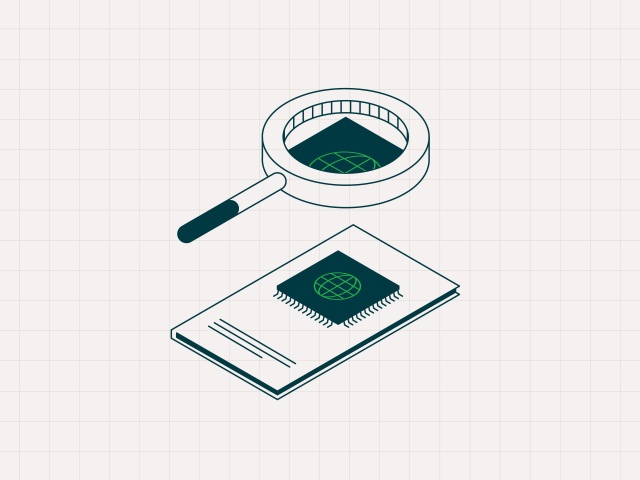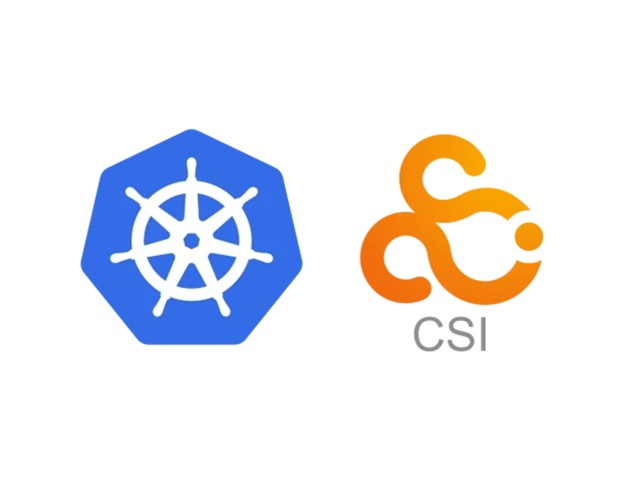It can be easy to gloss over the concept of multi-tenancy in the public cloud, but take away that single feature and you have nothing. Public cloud succeeds precisely because it enables multi-tenancy. All those fancy XaaS features are for nothing if cloud cannot keep customers from seeing each other’s assets and data.
Multi tenancy is the bedrock, the base axiom, the central truth, upon which public cloud rests.
Traditionally, the opposite has simply not been true of private cloud - at least not the version of private cloud owned by some large and recently sold virtualization providers. Without pressure to include multi-tenancy from day one, companies like VMware have followed the well-trodden path of enterprise software; if you want another team to use it, then build the team their own system. Everyone pays for their own hardware and software. Customers grumble about the cost, but let it slide because “it’s cheaper than mainframes used to be”.
Fast-forward to a private cloud market going up against dirt-cheap public cloud instances and the optics have shifted. Budgets have tightened and finance departments are less willing to give 10-person teams half a rack of hardware to run a couple basic apps.
This shift is visible in the general enterprise market, but no one is more aware of it than managed service providers, where economies of scale are understood only too well. MSPs understand that servers are assets to be utilized - a CPU can earn them money, but it better be running at 80-90% usage. Idle CPUs mean wasted investment and unless the customer is willing to pay a premium to cover that wasted CPU time, multi-tenancy and shared servers are essential to run a profitable hosting business.
HyperCloud is multi-tenant from the ground up, offering full workload isolation.
Traditional IaaS grew out of enterprise IT and attempted to retro-fit multi-tenancy with a dollop of licensing greed. “If you want another tenant, how about buying another management stack?” Hardly a helpful attitude for customers looking to efficiently use their assets.
HyperCloud started as a multi-tenant product, enabling customers to deploy and efficiently run numerous distinct and fully separated tenants within the same cluster. This ability is a standard part of HyperCloud and requires no additional software licenses or installation work for the customer to enable.
How Multi-Tenancy is realised in HyperCloud
HyperCloud implements strict multi-tenancy - teams using HyperCloud have full privacy and security, without the risk of data leaking between teams.
Group - authorization boundary in HyperCloud. ACLs control who manages the Group and roles available to the Group.
Resource Provider - source of compute, storage and network resources in HyperCloud.
Virtual Data Center - VDCs are a combination of a Group and one or more resource providers. Users in the VDC Group can execute instances on the hardware in attached resource providers but they do not have visibility of the hardware itself.
ACLs - Grant access to specific users or groups to certain hosts, networks and storage, or limit users/groups to specific VM operations such as allowing reboot but not undeploy.
By making use of HyperCloud’s VDCs, zones and authorization Groups, your organization can make use of all the benefits of multi-tenancy: resource optimization, security, management efficiency and adaptability for dynamic workloads.





